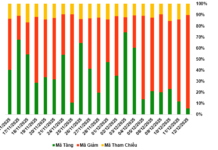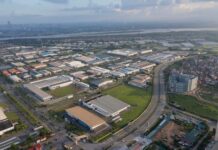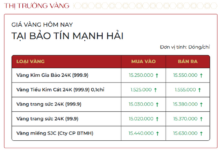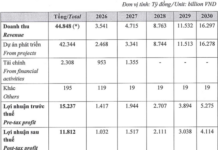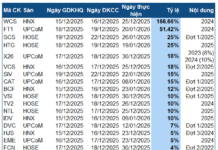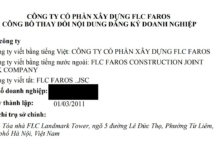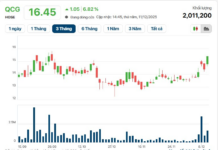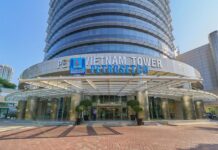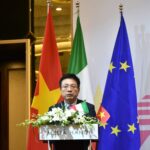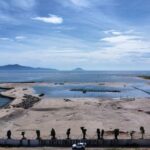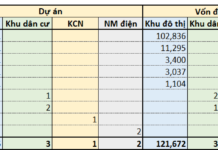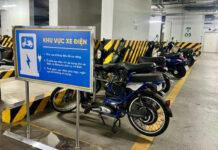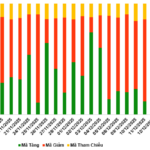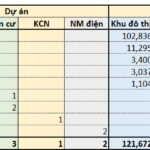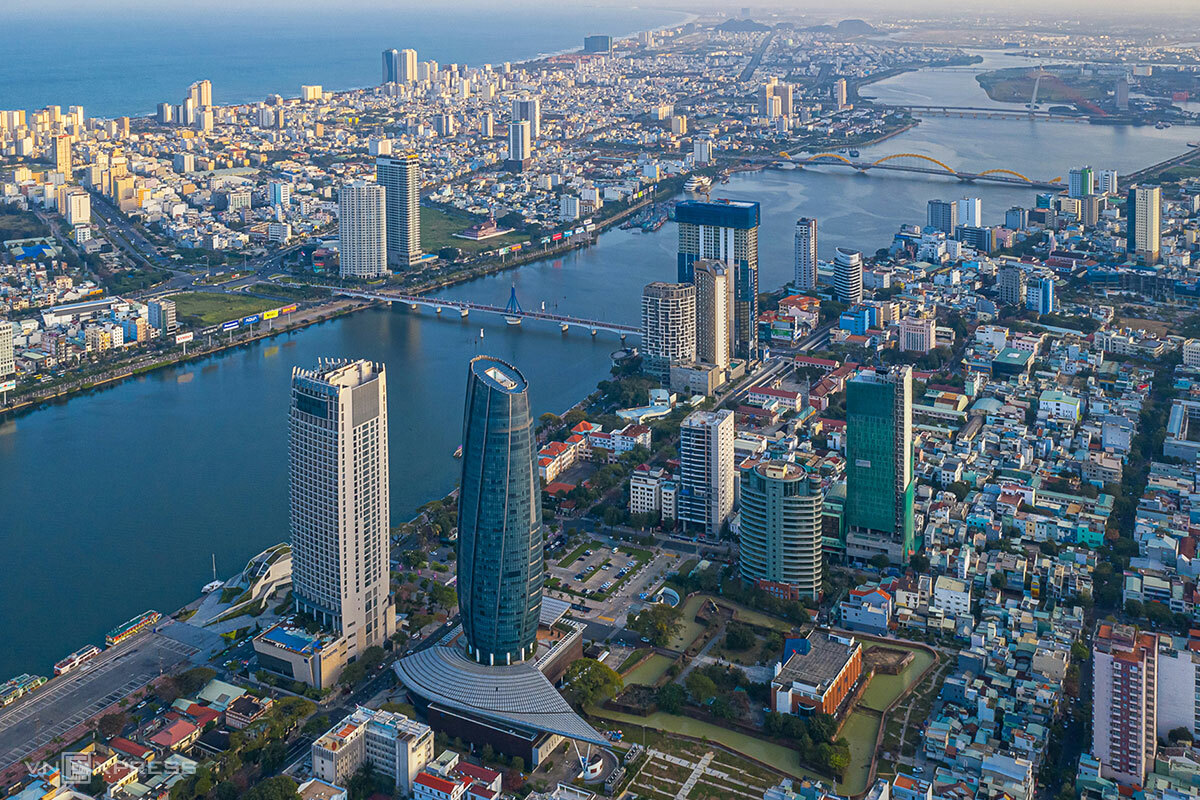
Post-merger, the need for reconnection becomes even more important, and Da Nang has identified infrastructure as one of its strategic breakthroughs to remove bottlenecks and create new growth momentum.
In recent years, several key transportation projects have fundamentally transformed the city, including the Da Nang – Quang Ngai Expressway; the coastal route connecting urban and tourist areas; the expanded National Highways 14B, 14G, and 14E; and major bridges such as Hoa Cam, Nguyen Tri Phuong, Cua Dai, Thach Bich, and Quang Da.
The eastern coastal area stands out with the Vo Nguyen Giap – Truong Sa – Lac Long Quan axis and the 69-kilometer Vo Chi Cong route from Hoi An to Chu Lai, dubbed the “golden tourism axis.”
In the western region, the La Son – Hoa Lien – Tuy Loan expressway has opened up space for industry, logistics, and services.
Meanwhile, in the midland and mountainous region, National Highway 40B and the Ho Chi Minh Road, Eastern Branch, are driving the development of organic agriculture, medicinal plants, and ecological tourism.
These expressways, coastal routes, and overpasses have transformed the urban and rural landscape, connecting regions, improving people’s lives, and affirming Da Nang’s central position in Central Vietnam.
The development of strategic infrastructure acts as a “magnet” for investment, especially foreign direct investment. The expanded seaport, airport, expressways, and logistics routes have given Da Nang a competitive edge, establishing it as the international gateway for trade in Central Vietnam.
The Chu Lai Open Economic Zone, once the “industrial capital” of the former Quang Nam province, now benefits significantly from its connectivity to Ky Ha seaport, Chu Lai airport, and the Da Nang – Quang Ngai and La Son – Tuy Loan expressways, as well as the coastal route.
To the north, Da Nang’s IT Park is forming a modern digital ecosystem, attracting global technology conglomerates. With its integrated transportation, telecommunications, and logistics infrastructure, it is expected to become Central Vietnam’s “Silicon Valley.”
Notably, the city is developing the Da Nang Free Trade Zone with special mechanisms, linking Lien Chieu Port, the international airport, and industrial parks. This will be a new economic model, attracting high-quality FDI associated with logistics, finance, e-commerce, and innovation.
According to the city’s People’s Committee leadership, in the 2025-2030 period, Da Nang will prioritize strategic projects such as the construction of the Free Trade Zone, the International Financial Center, the expansion of the international airport, Lien Chieu Port, and the coastal belt road, especially the resettlement areas serving the high-speed North-South railway project.
These projects are expected to be a driving force in transforming the new Da Nang into the region’s logistics, trade, and financial hub.
Infrastructure is indeed shaping Da Nang’s new face post-merger. The connected bridges and roads are not just symbols of change but also testaments to the city’s determination for sustainable development.
The Cam Ranh Bay Urban Area Project raises VND 16,500 billion through capital contribution, investment cooperation, and business cooperation.
“Quảng Ninh Takes Off: Primed to Become Northern Vietnam’s Premier Investment Destination”
The province of Quang Ninh is entering a breakthrough phase, fueled by the convergence of three powerful drivers. First, it attracts high-quality FDI inflows, showcasing its appeal to foreign investors. Second, its strategic infrastructure is now complete, boasting highways, sea ports, and airports that seamlessly connect it to the rest of the country and the world. But it’s the third driver that truly sets Quang Ninh apart: the emergence of modern coastal urban complexes. These complexes are crafting a new “runway” for growth, transforming the province into a leading investment hub in Northern Vietnam.
Vietnam-Italy Business Summit in Hanoi
Within the vibrant atmosphere of the forum, a total of ten Memorandums of Understanding were successfully signed between enterprises from both nations. This significant milestone serves as a testament to the thriving business relationships and mutual trust between the two countries.

